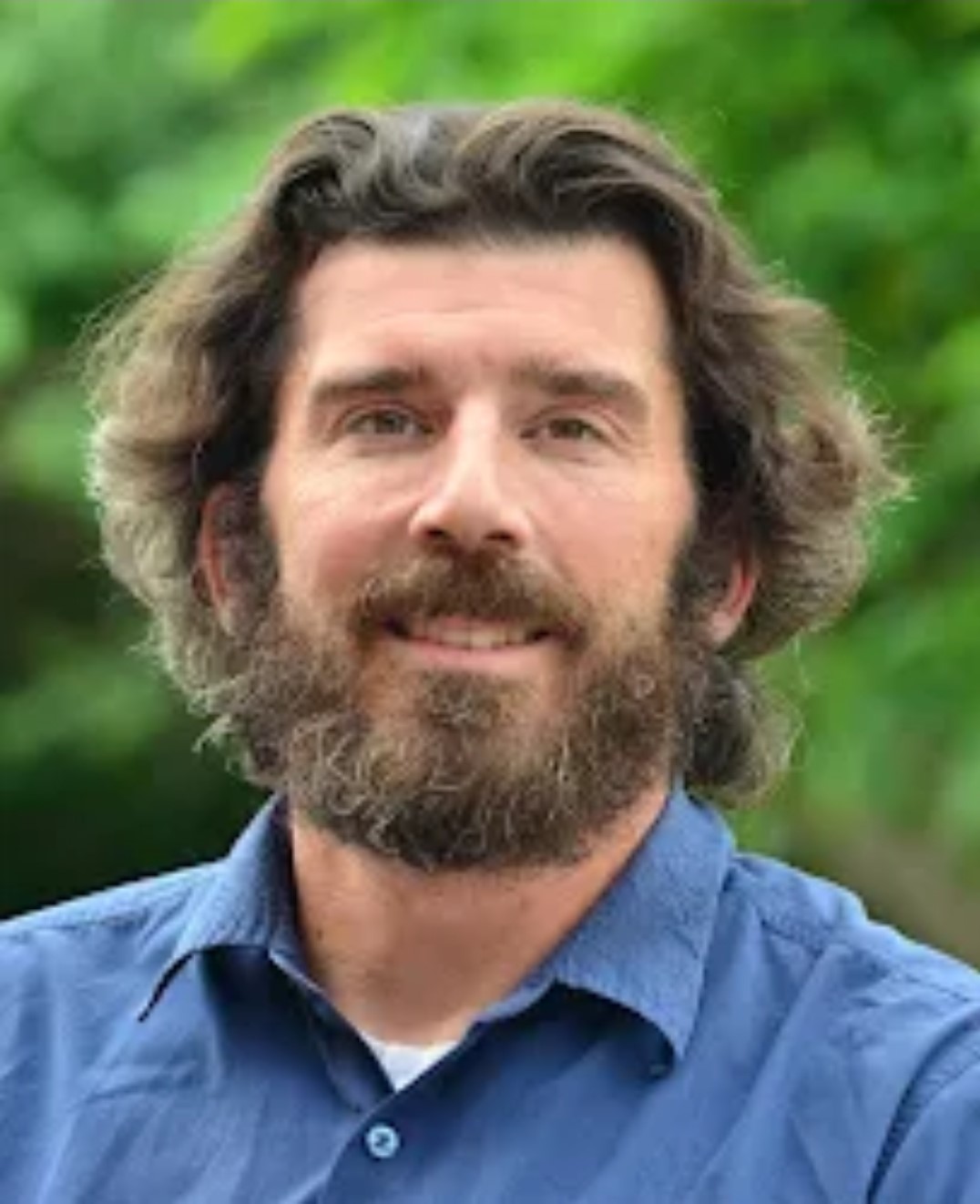
By
Pete Whittington and Maria Strack
November 2021
Print Version
What you need to know
Prompt and active restoration following peat extraction is critical to ensuring these sites quickly become carbon accumulating ecosystems again. This research project aims to test new, and refine existing, restoration techniques and adapt them to the prairie climate.
Why this research is important
Peatlands cover only 3% of the Earth’s surface yet store more carbon than all the world’s forests combined; in Manitoba, nearly a third of the land area is occupied by peatlands. A very small percentage of Canada’s peatlands are used for horticultural peat production. Responsible use of this resource is critical and includes prompt and active restoration after peat extraction, including an ecohydrological connection with the surrounding landscape. The climate in Manitoba is drier than in Quebec, where much of Canada’s restoration techniques have been developed and refined.
How this research was conducted
This is the first year of a five-year project. A suitable peat extraction site was selected and instrumented with simple hydrological equipment in the summer of 2021 to obtain the “before” hydrological condition of the fields and ecohydrological connection. Wells (to measure water table depth) were installed across the peat extraction area, as well as in four transects (a series of six wells in a straight line) running from the natural peatland into the extracted peatland. Digital elevation models (DEM) were also created with the use of drones and ground surveys. In the fall of 2021, restoration efforts began by leveling the peat fields and infilling the perimeter ditch. In the late summer of 2022, we are planning on applying additional treatments to the fields, including the application of moss donor material from nearby natural sites, as well as straw mulch to reduce evaporation from the fields (the lighter colour reflects more of the sun’s energy, reducing heating of the ground).
What the researchers found
Perhaps not surprisingly, given the drought conditions that the province experienced this summer, the peatland sites were also very dry. No water table was present within the peat profile in the peat extraction areas, and water tables were also very deep or absent in the natural areas. This meant that there was little to no meaningful ecohydrological connection present, which is not uncommon at these sites pre-restoration. A field visit in October showed slightly higher water tables in the natural areas, but still, no water tables were present in the peat extraction areas. The DEM showed very favourable conditions for the restoration project, with a relatively flat landscape and less than 50 cm in elevation changes across most of the site; this will make maintaining a consistent water table depth across the site much easier to manage. Next summer will include monitoring of carbon dioxide and methane emissions from the site, as well as continued hydrological monitoring.
How this research can be used
Funding for this project is through a Natural Sciences and Engineering Research Council (NSERC) Alliance Grant, which encourages university researchers to collaborate with partner organizations, in this case, the Canadian Sphagnum Peat Moss Association and their members, especially Sun Gro Horticulture, where the research will take place. The results of these findings will be shared with the association and transferred to their members to be applied on their production sites, helping to promote prompt and active restoration practices. Similar practices have been shown to be critical in reducing an extracted peatland’s role in global climate change by turning these sites back into carbon accumulating ecosystems in as little as ten years.
Acknowledgements
Funding for this project is through a five-year $250,000 NSERC Alliance Grant awarded to Drs Whittington and Strack, in collaboration with the Canadian Sphagnum Peat Moss Association and their members, in particular, Sun Gro Horticulture.
We would also like to thank MSc students Frank Yamoah, Haley Lobreau, and Michael Falufosi for help in the field, as well as Dr. Dion Wiseman (Brandon University) and Matt Johnson (Volatus Aerospace Corp.) for geomatics/drone imagery acquisition help.
About the Researchers
Keywords
- climate change
- peatlands
- restoration
Editor: Christiane Ramsey
Read more BU Research
Research at Brandon University follows comprehensive policies designed to safeguard ethics, to ensure academic integrity, to protect human and animal welfare and to prevent conflicts of interest.


